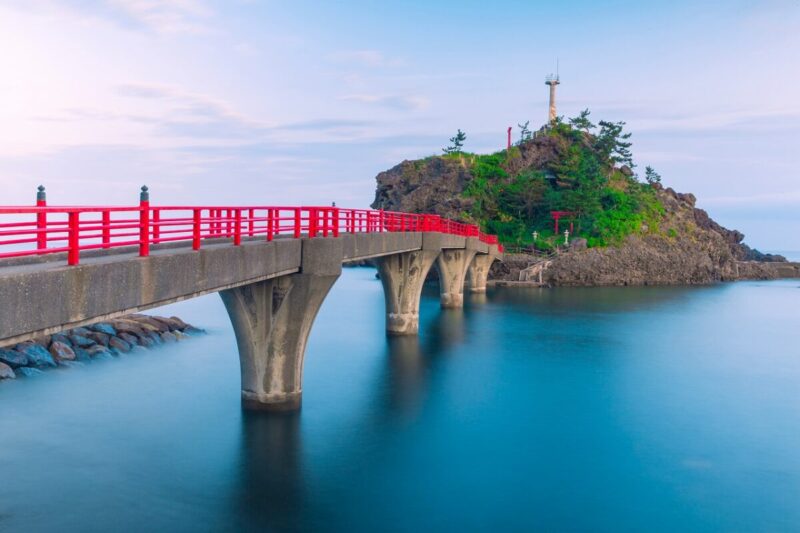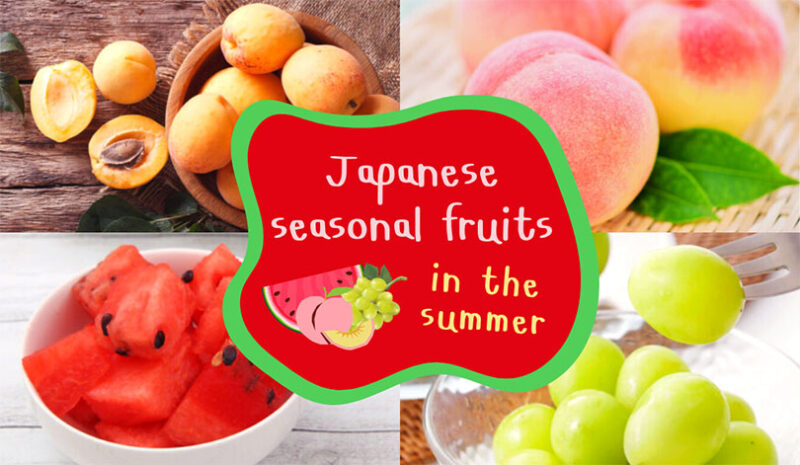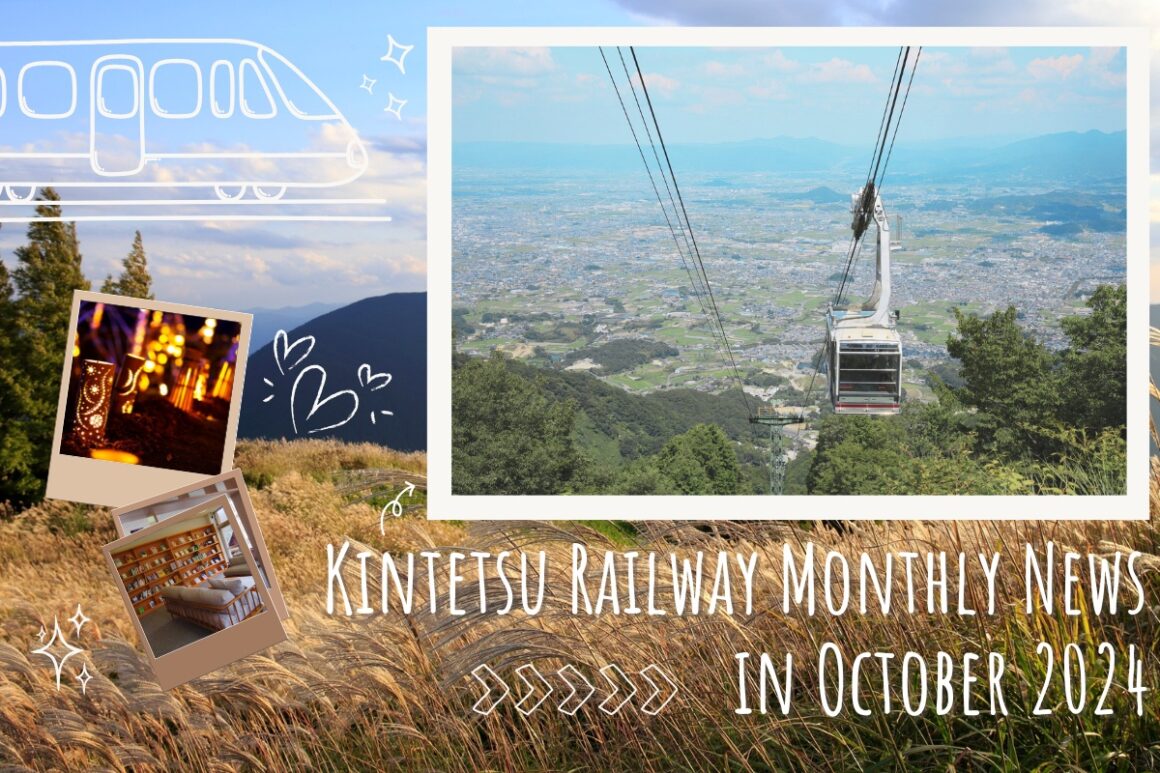10 amazing things to do in Niigata, Japan!
Mar 07, 2021
Bordered by the Sea of Japan, Niigata is a treasure trove of amazing sceneries and mouthwatering regional cuisines. Renowned as Japan’s no. 1 producer of top-notch rice and Japanese sake, there are a lot of things you can do in Niigata, from visiting the great Takada Castle and its beautiful park, to visiting Sado Kinzan Gold Mine, one of the most important gold mines in Japan, that is currently inactive and open to the public for sightseeing.
Niigata is in the Chubu region of Japan’s main island Honshu, and the prefecture is divided into three areas called Joetsu, Chuetsu, and Kaetsu. The prefecture is also famous for its amazing ski resorts, and there are a lot of tourists from all over the world visiting Niigata in the winter to play ski or snowboard.
Brimming with beautiful nature and interesting tourist destinations, how about visiting Niigata to have both, an extraordinary, yet a novel adventure?
Index
How to get there
Recommended sightseeing spots in Niigata:
Niigata’s best local treats:
How to get there
Niigata Prefecture is accessible by several different transportation methods, including trains, highway buses, and airplanes. The main transportation hubs in Niigata are Niigata Station, Echigo Yuzawa Station, and Joetsu Myoko Station.
The easiest, and the fastest way to get to Niigata from Tokyo is by taking the JR Joetsu Shinkansen, which connects both areas directly. The one-way trip takes about 1.5 hours, and costs around most convenient way to get to Niigata from Tokyo is by taking the JR Hokuriku Shinkansen, which connects both areas directly. The one-way trip takes about 2 hours, and costs around 12,000 yen, and it is fully covered by the JR Pass.
The prefecture is also accessible by planes, and there are various international flights in service from neighboring countries like Russia, Korea, China, and Taiwan. Domestic flights from Tokyo, Osaka, Nagoya, and other major cities in Japan are also in service. It takes around 25 minutes to reach Niigata Station from Niigata Airport using the airport shuttle bus.
The cheapest way to reach Niigata from major cities in Japan is by taking the highway buses, but it will take longer depending on where you are departing from.
Recommended sightseeing spots in Niigata
There are a lot of things you can do in Niigata, from witnessing the gorgeous seasonal views of Takada Castle and Takada Park, to enjoying winter sports at Niigata’s most popular ski resorts.
In addition to that, Niigata is also known for producing the best rice in Japan, and there are a lot of local Japanese sake worth to try when you’re there. The prefecture is also home to many savory local treats like Sasa Dango and Murakami Beef.
Here are our picks for the best things to do in Niigata, Japan!
1. Admire the greatness of Takada Castle!
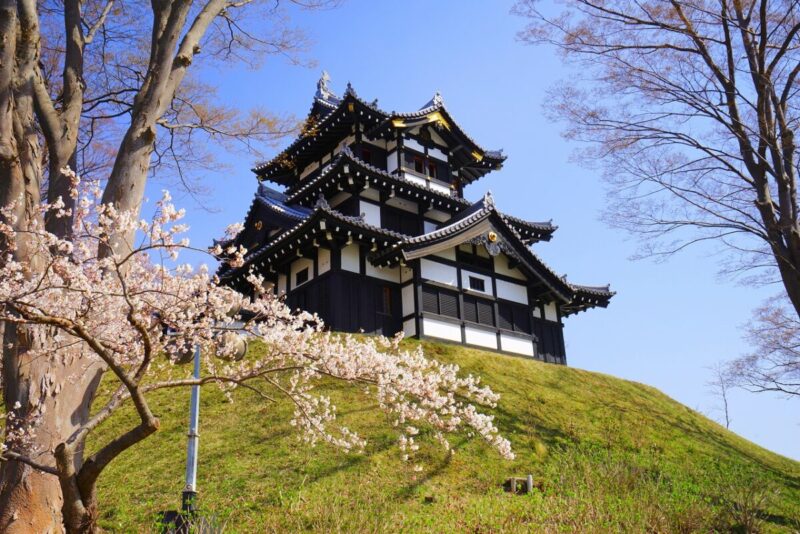
Takada Castle is a flatland-style Japanese castle built in 1614 by Matsudaira Tadateru, the 6th son of Tokugawa Ieyasu, the head of the Tokugawa shogunate. Located in the center of Joetsu City, the castle was damaged by two earthquakes, which occurred in 1665 and 1751.

The castle was also burned down in 1802, and only the gates and corner towers survived. After that, the castle was burned down again in 1870, and the current structure was done in 1991, and in 2017 the castle was listed as one of the Continued Top 100 Japanese Castles. Some of the highlights of the castle are its castle moat, beautiful red bridge, and gorgeous park that is best known for its breathtaking cherry blossoms in spring.
Takada Castle
-
- Business hours : 9:00 – 17:00
- Closed on Mondays, the day after national holiday, and from December 29 to January 3
- Admissions : 310 yen (adults), 160 yen (elementary, junior high, and high school students)
- Access : a 20-minute walk from Takada Station
- Google Map
2. Witness the beauty of Takada Park in spring!
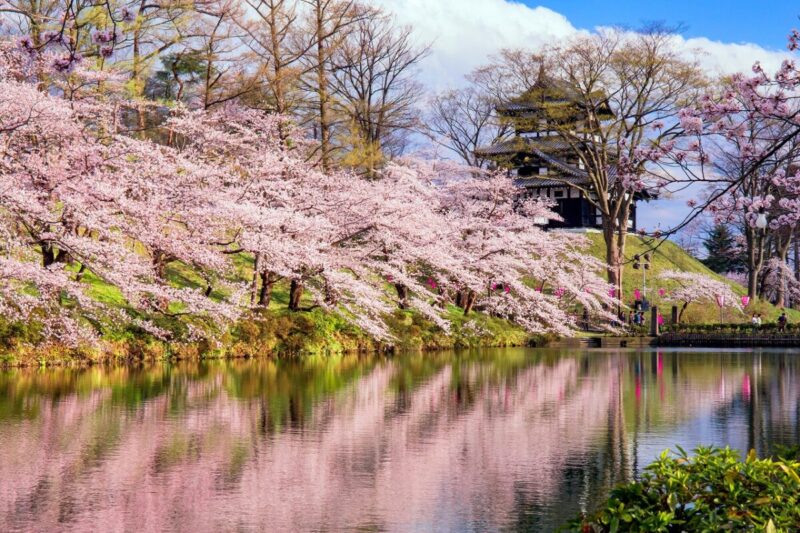
Takada Park is in the same site of Takada Castle, and the entire area of the castle and the park are designated as a historic site, with a total area of 500,000 m2. The park is also known as one of the largest parks in Japan, and it is best known for its stunning cherry blossoms in spring.
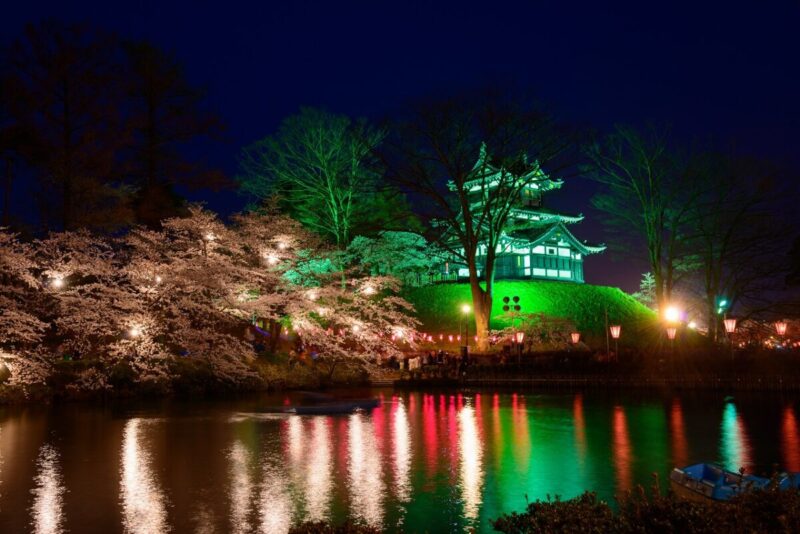
Known as one of the top three most famous night cherry blossom spots in Japan, there are approximately 4,000 cherry blossoms trees in the park, which all are in full bloom in spring. There is a road called “Sakura Road” in the park, which is a natural tunnel created by the cherry blossom trees in the park. The best time to visit the park in spring is during the night, when Takada Castle and the cherry blossom trees in the park are lit up with colorful LED lights, creating a romantic atmosphere that is quite different from the daytime.
Takada Park
-
- Open 24 hours
- Admissions : free
- Google Map
3. Stop by Niigata’s most popular bridge, Bandai Bridge!
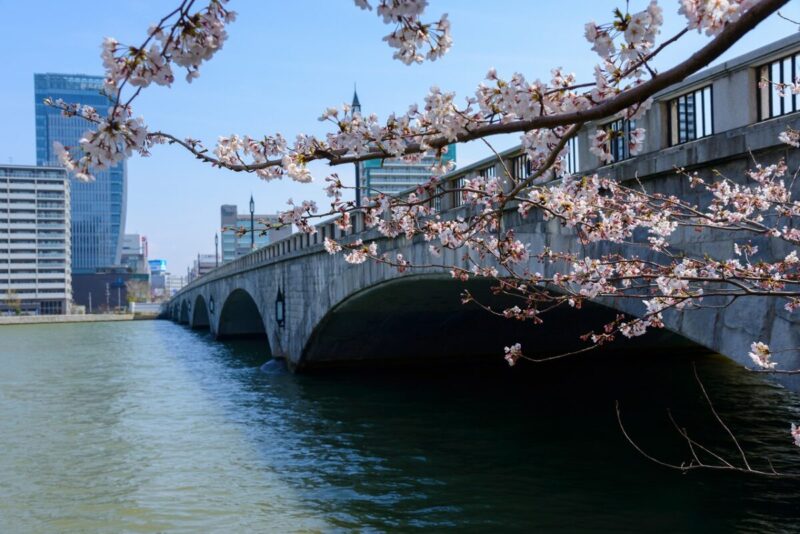
Bandai Bridge is a solid stone bridge that stand across Shinano River, the largest river in Japan. The bridge is 306.9 m in length, and 22 m in width, and it is best known for its beautiful consecutive arches. Known as the symbol of Niigata City, the bridge is listed as an Important Cultural Property of Japan, and it is known as one of the strongest bridges in Japan, as it survived the big Niigata earthquake in 1964. The current bridge is the third-generation bridge, which was built in 1929 during the modernization of Niigata City. Bandai Bridge is also famous for its beautiful cherry blossoms, so make sure to visit this bridge if you’re visiting Niigata in spring!
Bandai Bridge
-
- Open 24 hours
- Admissions : free
- Google Map
- Website
4. Stop by the clean green pond, Ryugakubo!

Niigata is one of the best spots to visit if you want to escape from the hustle and bustle of big cities, and Ryugakubo is a pond in Niigata that is listed as one of the top 100 water sources in all of Japan. The pond lies within Tsunan Town, a city situated at the prefectural borders of Niigata and Nagano Prefectures.
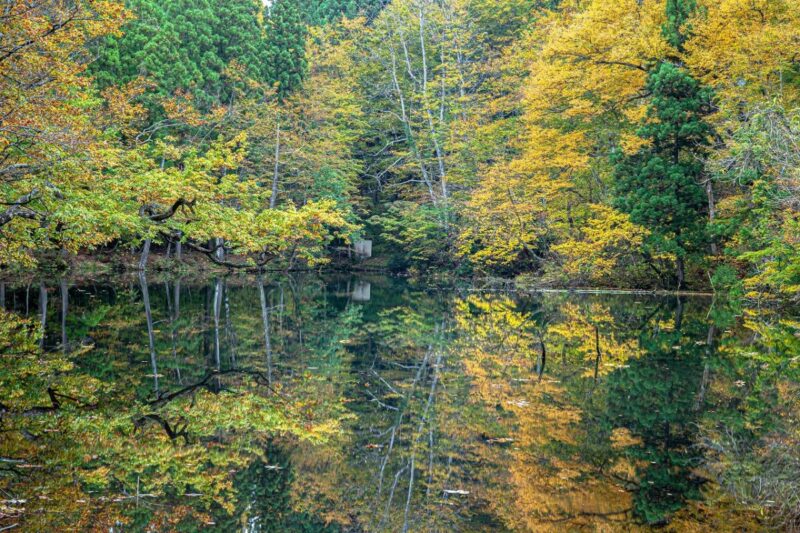
There are around 43,000 tons of high-quality water gush from the pond, and the pond never gets muddy or murky because of this natural occurrence. The best time to visit this pond is in fall, when the autumn leaves of surrounding trees like Japanese beech and cedars are reflected on the surface of the pond.
Ryugakubo
5. Enjoy the beautiful scenery of Sasagawa Nagare!
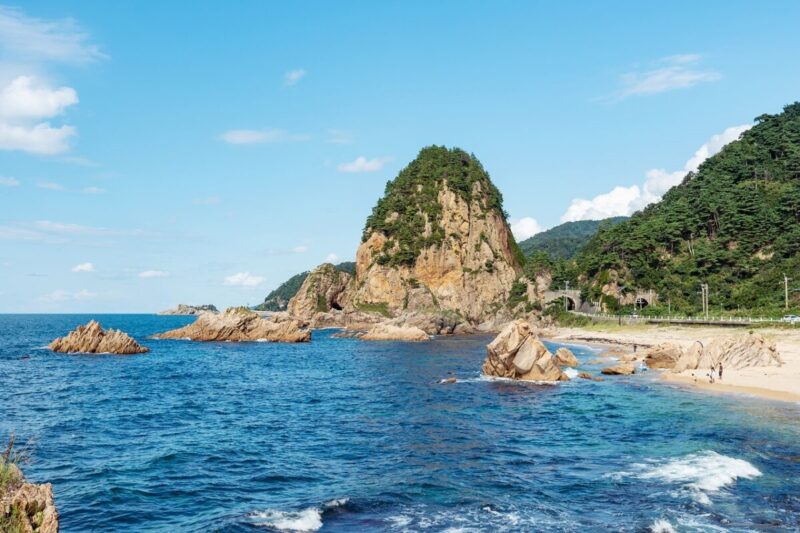
Sasagawa Nagare is the 11 km coastline of Murakami City, and it is best known for its beautiful sceneries, giving the government a reason to list it as one of scenic beauty and natural monuments of Japan.
Sasagawa Nagare is known for its numerous stunning features, including its crystal clear sea waters, white sand, green pine trees, and its amazing coastal and cliff scenery.
Sasagawa Nagare
6. Enjoy winter sports at ski resorts in Niigata!

Niigata is located next to Nagano, and just like its neighbor, the prefecture is also known for its amazing ski resorts, that keeps drawing millions of visitors from all over the world every year.
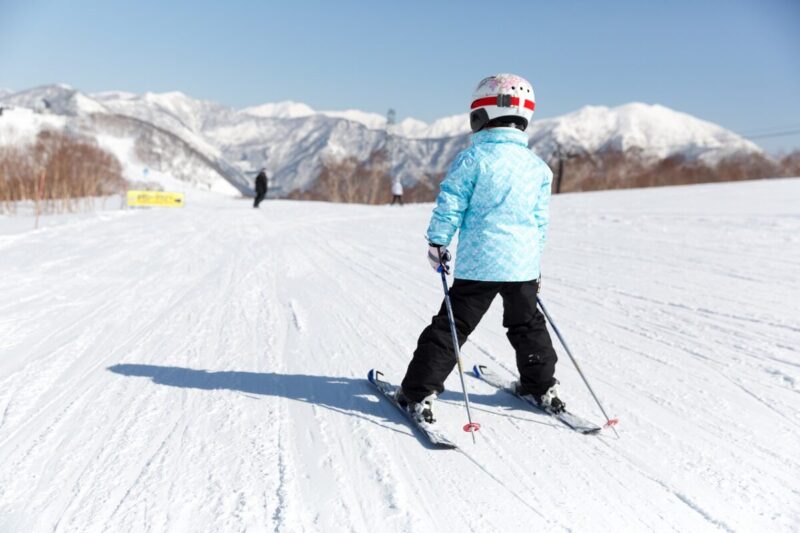
Some of the most famous ski resorts in Niigata are ski resorts near Echigo Yuzawa Station and Naeba Ski Resort, and each ski resort offers different courses for ski and snowboard. Most ski resorts in Niigata also offer courses and programs that are kids friendly and beginner friendly.
Ski resort in Niigata
7. Admire the great nature of Mt. Naeba from its ropeway!

Mt. Naeba is a mountain in the Echigo Yuzawa region of Niigata, and it functions as a main hub for hiking, skiing, snowboarding, and rock music festivals. The mountain is best known for its 4 km2 alpine park on its peak, and as the venue for Japan’s most famous annual rock music festival – The Fuji Rock Festival – held in late July or early August.

Mt. Naeba is also home to many several authentic Japanese-style hot springs, and also beautiful wetlands that are perfect for a hideaway.
Mt. Naeba
8. Explore Sado Kinzan Gold Mine!
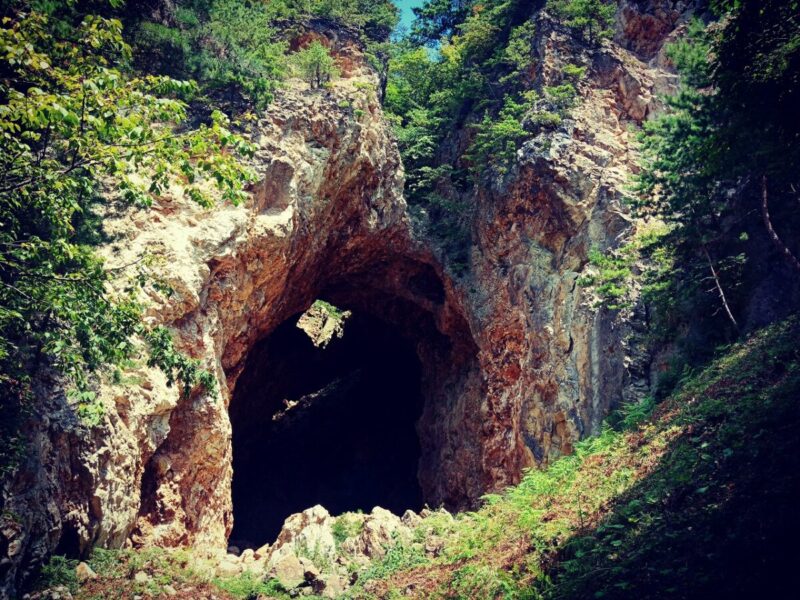
Sado Kinzan Gold Mine was opened in 1601 and it was the largest gold mine operated in Japan. The mine had over 400 years of ups and downs, and it has 400 km long excavated tunnels that can be explored for an extra charge. In addition to that, most parts of the facility are designated as Important Cultural Properties of Japan.

There are exhibitions of equipment used in the past in the facility, and there are several paid sightseeing courses you can choose from, starting with ones that doesn’t require a reservation, to guided tours that require advance reservations.
Sado Kinzan Gold Mine
-
- Business hours : 8:00 – 17:30 (April to October), 8:30 – 17:00 (November to March)
- Admissions : see their official website for more information
- Google Map
- Website
9. Enjoy tub-boat sailing at Sado Bay!

Don’t forget to try the tub-boat sailing when you’re visiting Sado, which takes you around the Sado Bay area from Ogi Port. Tub-boat sailing is an old tradition of Niigata, used by the residents who were searching for a way to catch seaweed, abalone, and turban shells.
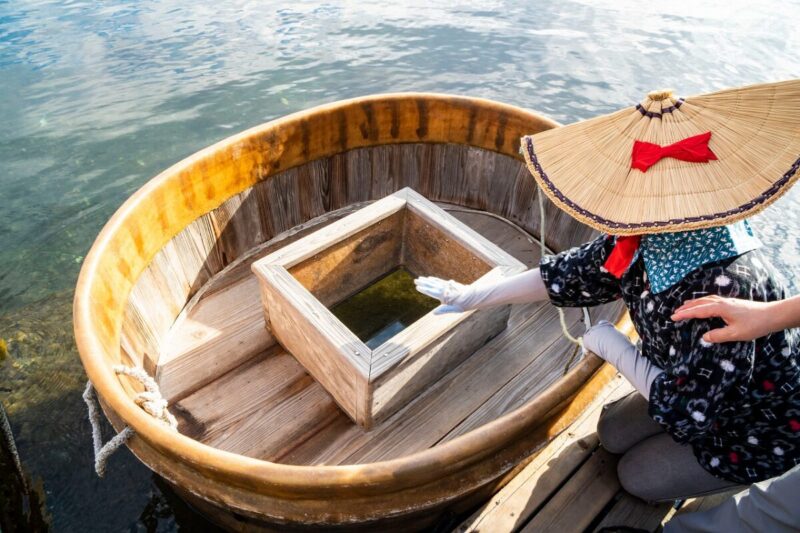
People in Niigata used the tub-boat when sailing around Sado, because the area was narrow, complicated to traverse, and had many coral reefs. The boat is quite stable and good for making small and quick turns, because it was made for catching fish in shallow waters.
Tub-boat sailing at Sado
10. Meet the rare Japanese bird at Toki Forest Park!
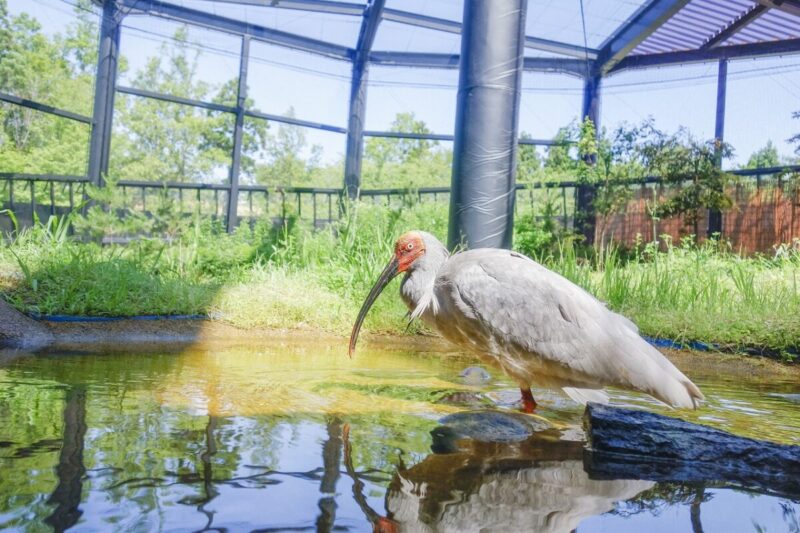
Toki Forest Park is a place where you can find Toki, an exotic and rare Japanese crested ibis, from up close. Toki Forest Park has various facilities in its area, including Toki Exhange Hall, where you can observe how the bird lives in an area that recreates their natural habitat. The Toki Material Exhbition Hall, another facility in the area, displays a wide variety of toki-related materials.
Toki Forest Park
-
- Business hours : 8:30-17:00
- Closed on Mondays, year-end, and new year
- Admissions : 400 yen (adults), 100 yen (age 6 – 15)
- Access : a 1-minute walk from Toki-no-mori Koen bus stop (Minami Line)
- Google Map
- Website
Niigata’s best local treats
Niigata is known for producing the best rice in Japan, and that is the reason why the prefecture is known for its rice wine (Japanese sake), which has smooth after taste. The best rice species the prefecture produces is the Koshihikari, Japan’s top-quality rice that is famous for its fluffy texture and fragrant smell. In addition to rice, there are a lot of local treats in Niigata that are worth to try, like Sasa dango and Murakami beef. To help you further with your food choice when visiting Niigata, here are our picks for Niigata’s best local treats!
1. Fried Tochio
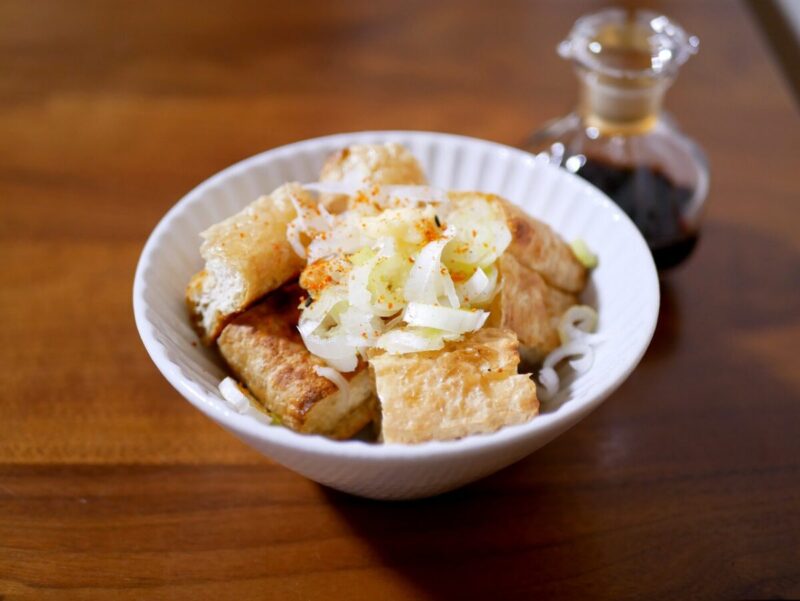
Fried Tochio is a local specialty of Tochio, a town in central Niigata, and it has been loved for more than 300 years by the locals. Fried Tochio is a deep-fried tofu that is thick and has a strong flavor of soybean, and it is usually served with homemade seasoned soy sauce.
2. Koshihikari Rice

Koshihikari is a premium rice of Japan, and Niigata is the no.1 producer of Koshihikari Rice in Japan. The rice is known for its fluffy texture and fragrant smell, and the best Koshihikari Rice in Niigata is the rice produced in Minami Uonuma City.
3. Sasa Dango
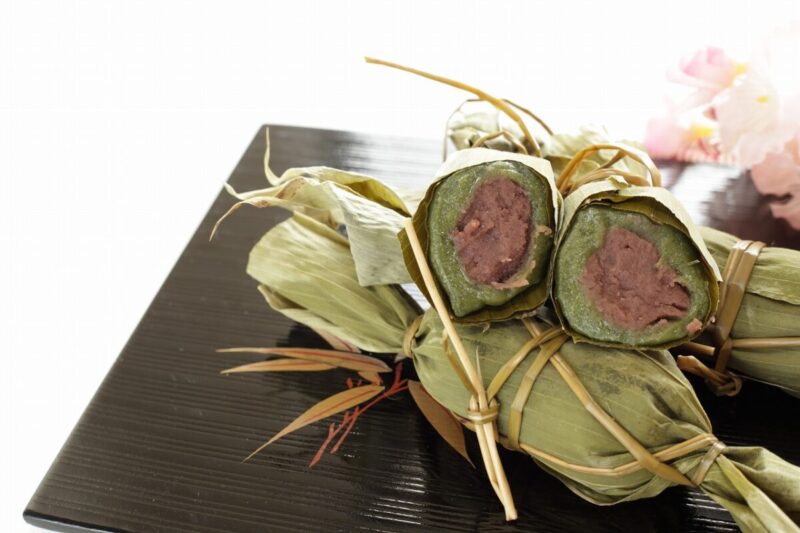
Sasa Dango, dark a green yomogi (mugwort)-flavored mochi filled with red bean paste and wrapped by bamboo leaves, is a signature sweet of Niigata. Sasa dango is best known for its sweet and distinct smell of yomogi, inviting you to take a bite of this precious sweet. You can find Sasa dango at department stores and gift shops in Niigata.
4. Hiratake Mushrooms
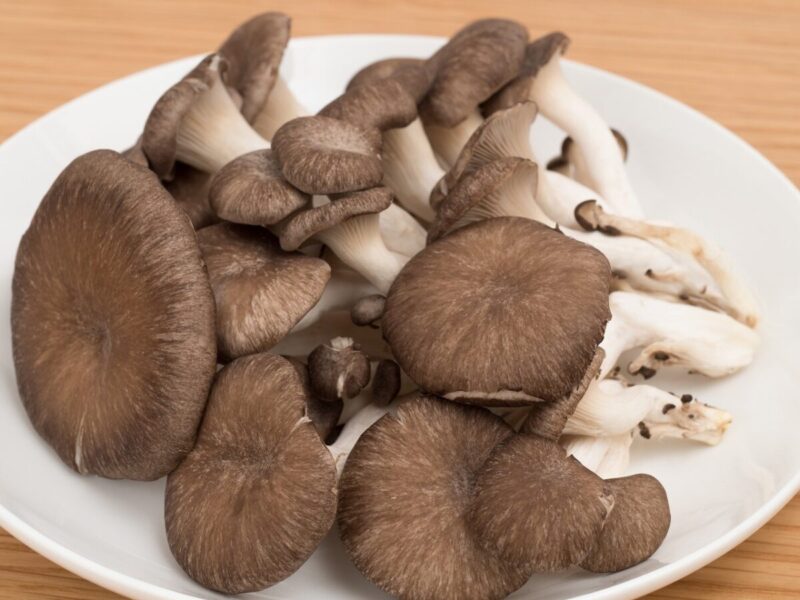
Hiratake is the Japanese name for oyster mushrooms, and there are many varieties of hiratake cultivated in Japan, but among all of them, hiratake mushrooms produced in Niigata are known to be the best, as it is very juicy and smells fragrant.
5. Murakami Beef
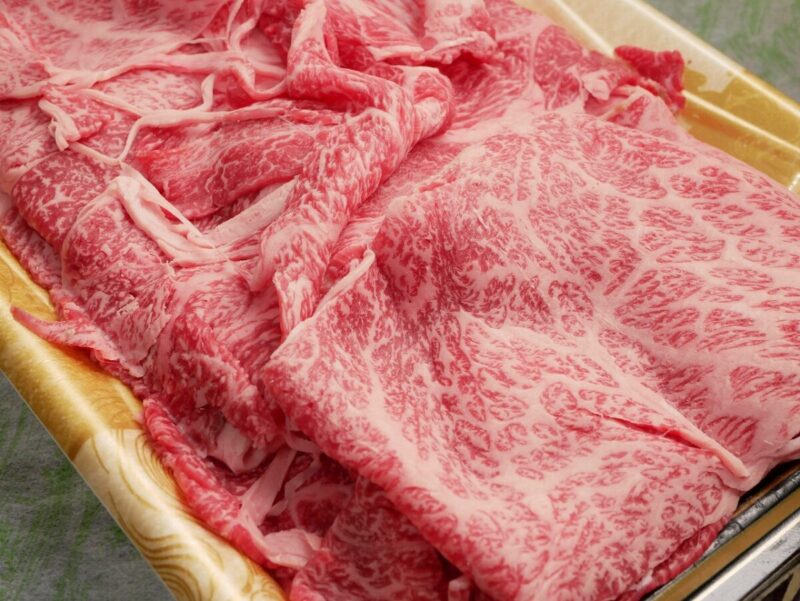
Murakami Beef is a Japanese wagyu brand of Niigata, which refers to beef of grade A-4 or B-4 or higher (A-5 is the highest grade for wagyu). Murakami beef are prepared from black-haired Niigata wagyu beef raised in Murakami City, and it is known for its beautiful marbling and soft textures.
.
Now that you have an idea of how many fabulous spots are in Niigata, all you must do is plan your itinerary to enjoy unforgettable experiences in Niigata!
